Master in miniature: Transforming a gardener’s bothy into a stunning home
The tiniest estate buildings can make wonderful homes, says John Tanner, who transformed a 600sq ft gardener’s bothy at Gunton Hall.


Breathing life into unloved estate buildings is an immensely satisfying task. With country estates diversifying income streams and the rise in popularity of using short-let services such as Airbnb, owners are looking more creatively at how to make the most of their properties, turning unremarkable or pokey buildings into successful businesses.
I had the pleasure of working on a handful of these projects last year in Norfolk. Among them was furnishing the former servants’ quarters to Heydon Hall, now a three-bedroom Georgian house known as The Old Laundry, as well as sourcing antiques for the East Wing at Wolterton Hall – the largest of a number of new country retreats offered on the estate, under the direction of the owners Keith Day and Peter Sheppard.
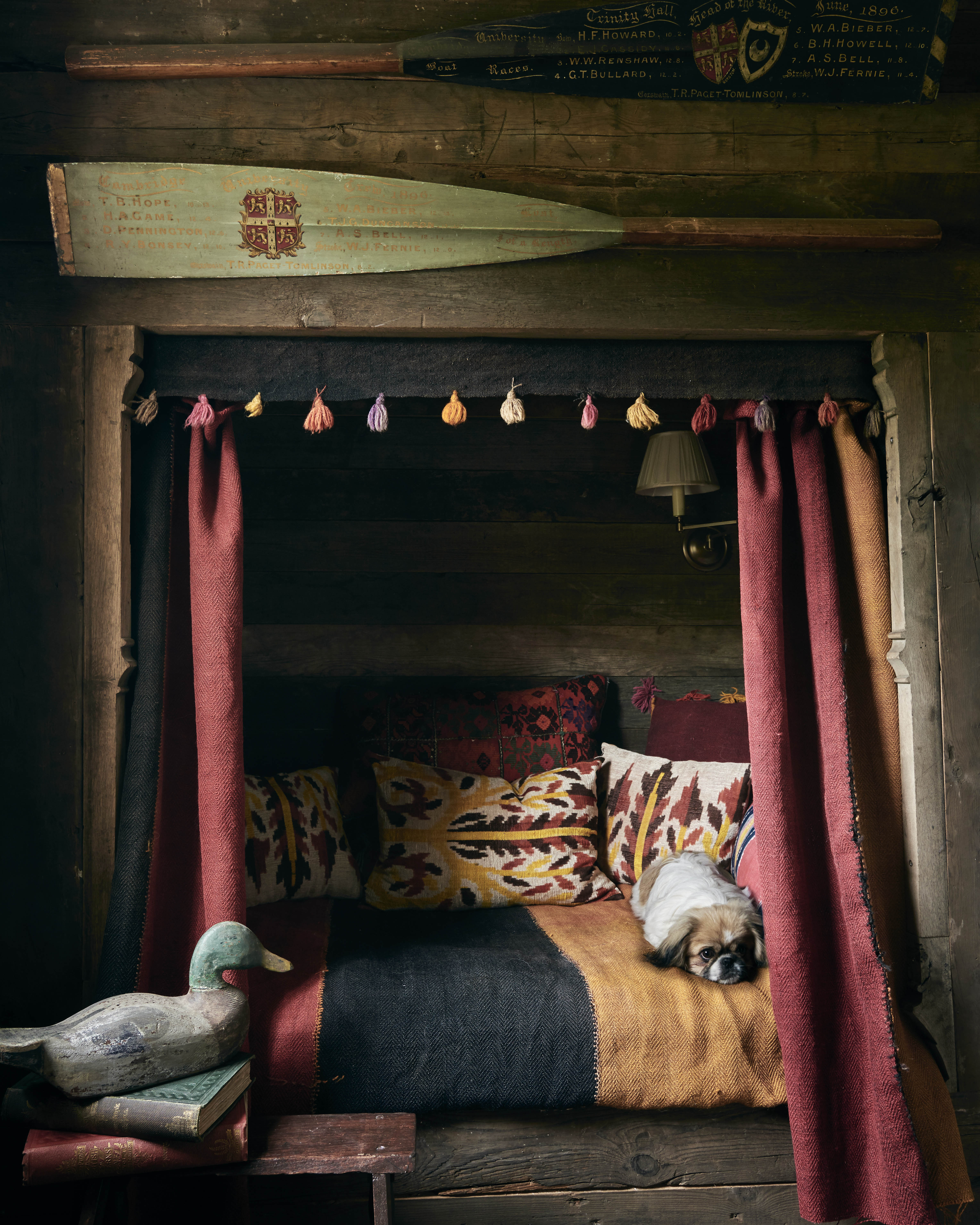
Of all the successful conversions in East Anglia, the one that stands out in my mind is Gunton Park in North Norfolk. Today, it’s a thriving estate, but it might have been a different story were it not for the vision of Kit Martin, an entrepreneurial architect, who rescued the part-derelict mansion house, which had been damaged by fire in the 1980s, and converted it – alongside its estate buildings – into 20 dwellings.
Over a period of 20 years, he collaborated on the project with his neighbour, the art dealer Ivor Braka. Together, they purchased pockets of land and brought the estate back to its former glory.
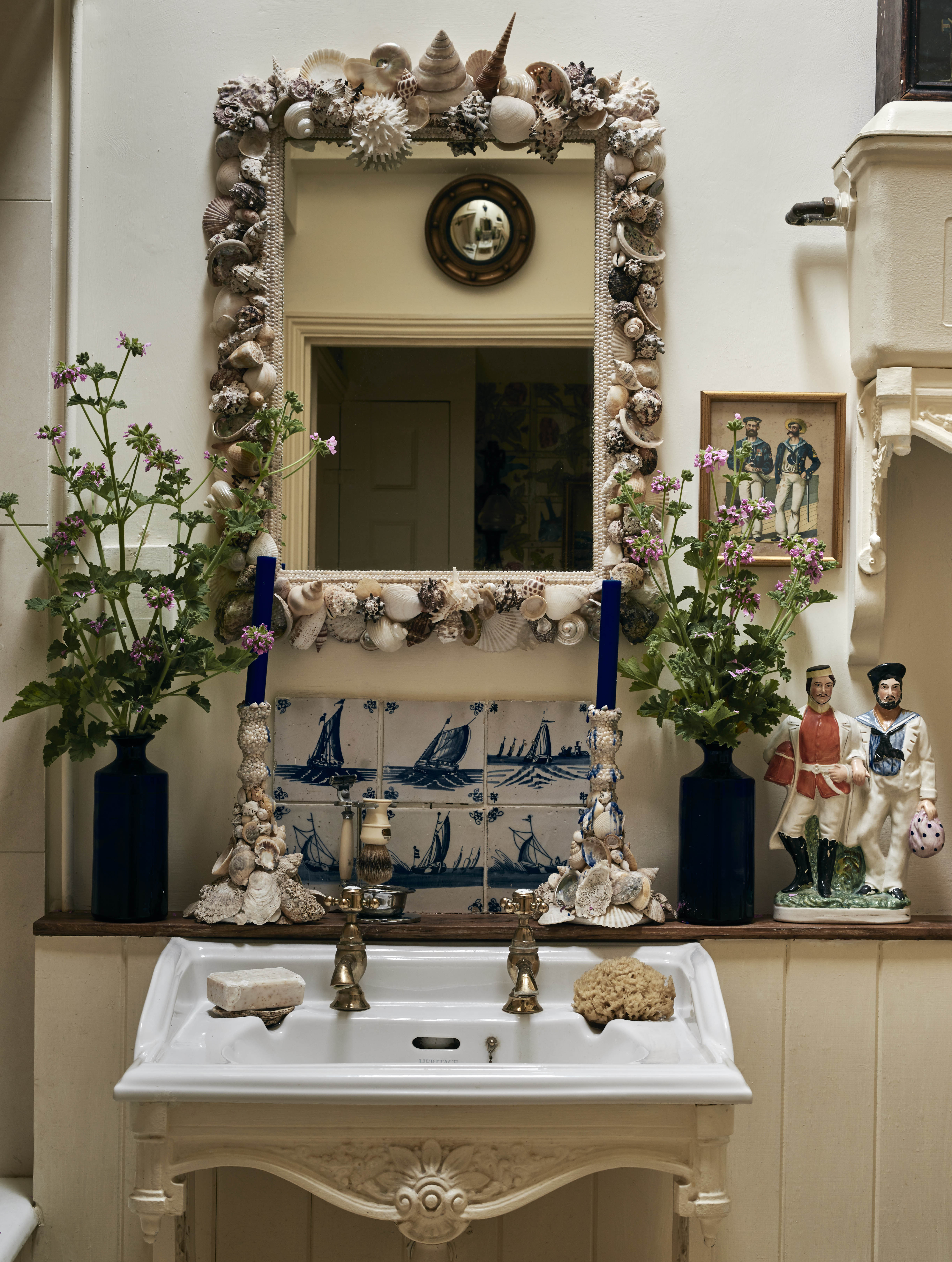
Part of Kit’s genius was that he divided most parts of Gunton Hall vertically – there are many benefits to this, the obvious one being that you’re not at the mercy of a heavy-footed neighbour upstairs.
I grew up in East Anglia and was based in London, but, when my partner Richard Swallow and I heard, via word of mouth, that one of these conversions, a formergardener’s bothy, was available for rent, we decided to take it.
With its fine red-bricked exterior, The Vine House was the first property available at Gunton in more than 10 years. It was a tiny space, made up of three rectangular rooms that measured just over 600sq ft in total. Although it was only a rental, we couldn’t help spending money on unlocking its potential.
Exquisite houses, the beauty of Nature, and how to get the most from your life, straight to your inbox.
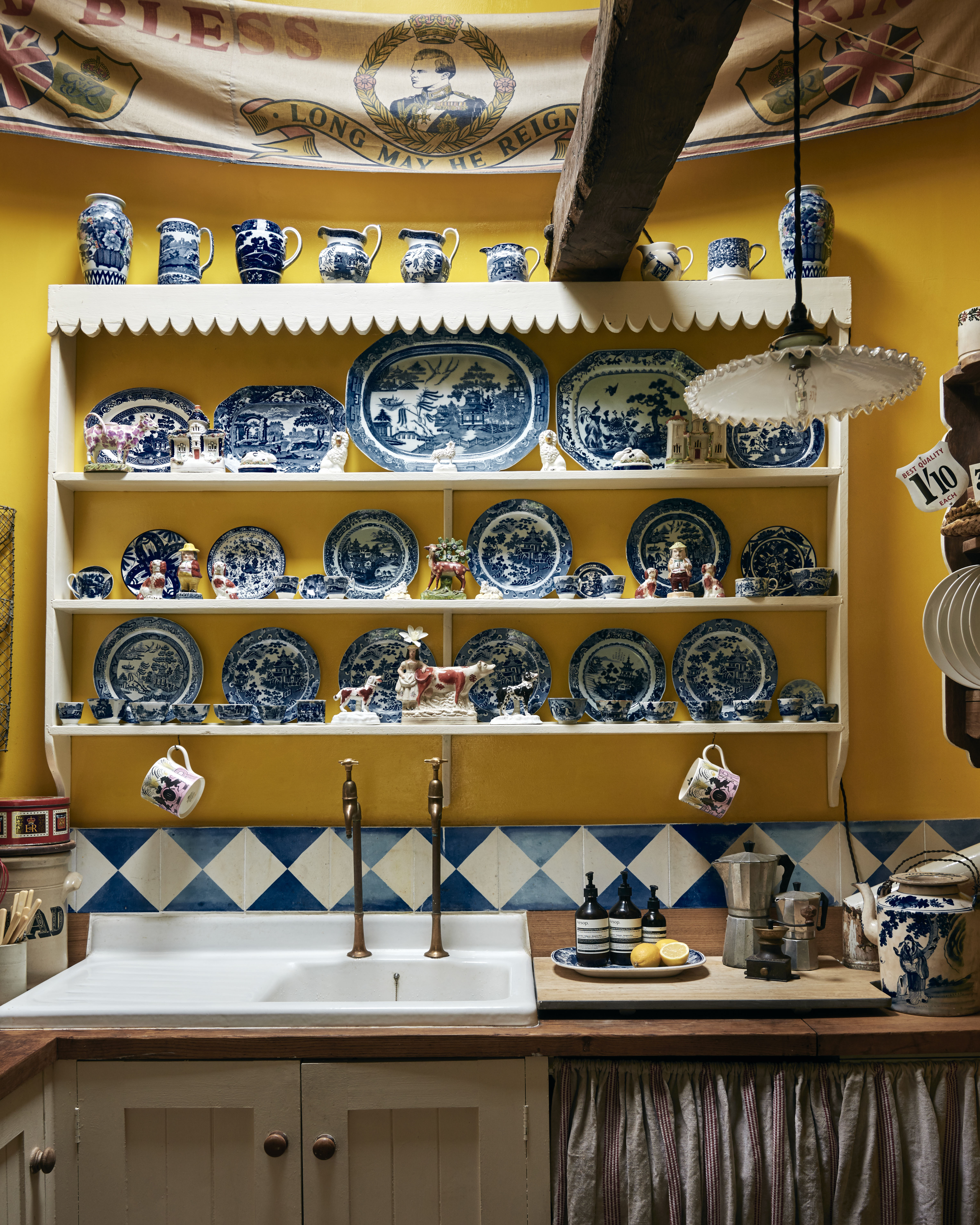
The main aim was to faithfully inject some age and patina into the property by carefully selecting and sourcing pieces, including a 1930s kitchen sink and arched Georgian housekeepers’ cupboard doors that made it look as if the spaces had developed naturally over time.
It also involved trying to re-use what we already had – a 1980s kitchen was taken apart and reconfigured to make full use of the generous ceiling heights on the south side of the house and helps to draw the eyes upwards, giving the illusion of more space.
A plate rack, spanning the full width of the room and filled with blue-and-white china, is both a beautiful and highly practical solution. The yellow and blue are inspired by the late Roger Banks-Pye and we used Dulux Delhi Bazaar 5 in gloss, which is hard-wearing, so marks made by muddy dogs can be cleaned.
We installed a reconditioned Aga that had been converted from oil to electric by a local supplier. This was one of the best things we did early on: it was on all the time and the kitchen was in the centre of the house, so it acted as our heating – vital for those icy winter mornings.
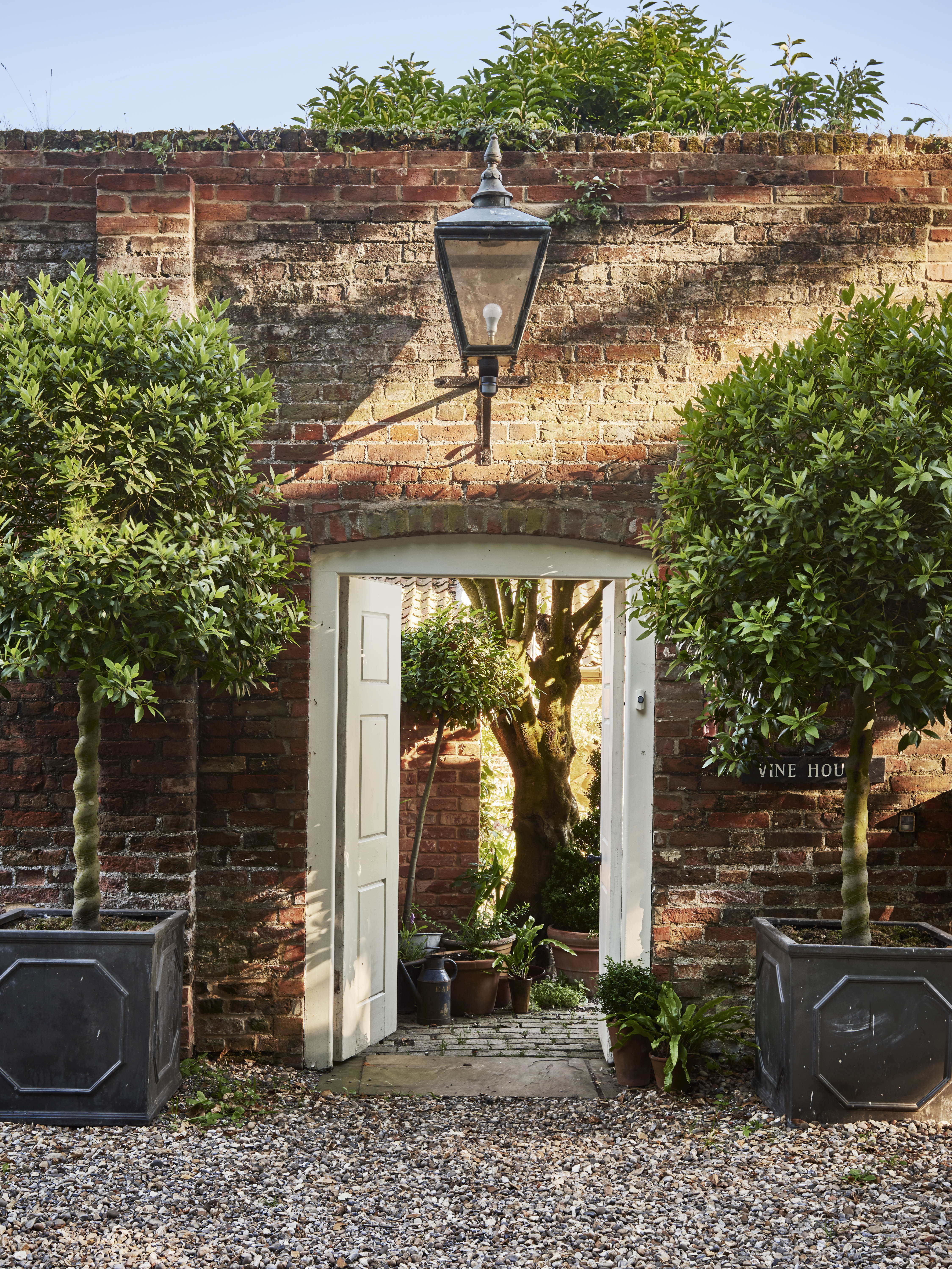
Mean layers of carpet over concrete were replaced with Norfolk pamments, the traditional floor tiles of the area. This is another good trick for the eyes: they help create the illusion of space by seamlessly flowing from one room to another.
In 2017, Kit decided he wanted to sell and gave us first refusal. Once the house was secured, we set about further restoration work. There’s a high chance that any estate building will be unusual in shape. Here, the challenge was the long living room, where it was important to be brave and break up the space rather than pushing all the furniture against the walls.
Inspired by Carolina Irving’s Manhattan apartment, where she used low bookshelves to both create intimate areas and introduce scale, we grouped pieces of furniture to create distinct areas.
We also divided the room with a large bookcase. Not only did this provide an extra single bedroom, with a built-in bed and antique-wood planked walls, but also shelves for books and a collection of French confit pots that we’d amassed during trips to the South of France. It meant sacrificing room for a large dining table for dinner parties, but a trestle table tucked away in the garage for outdoor entertaining provided the perfect solution.
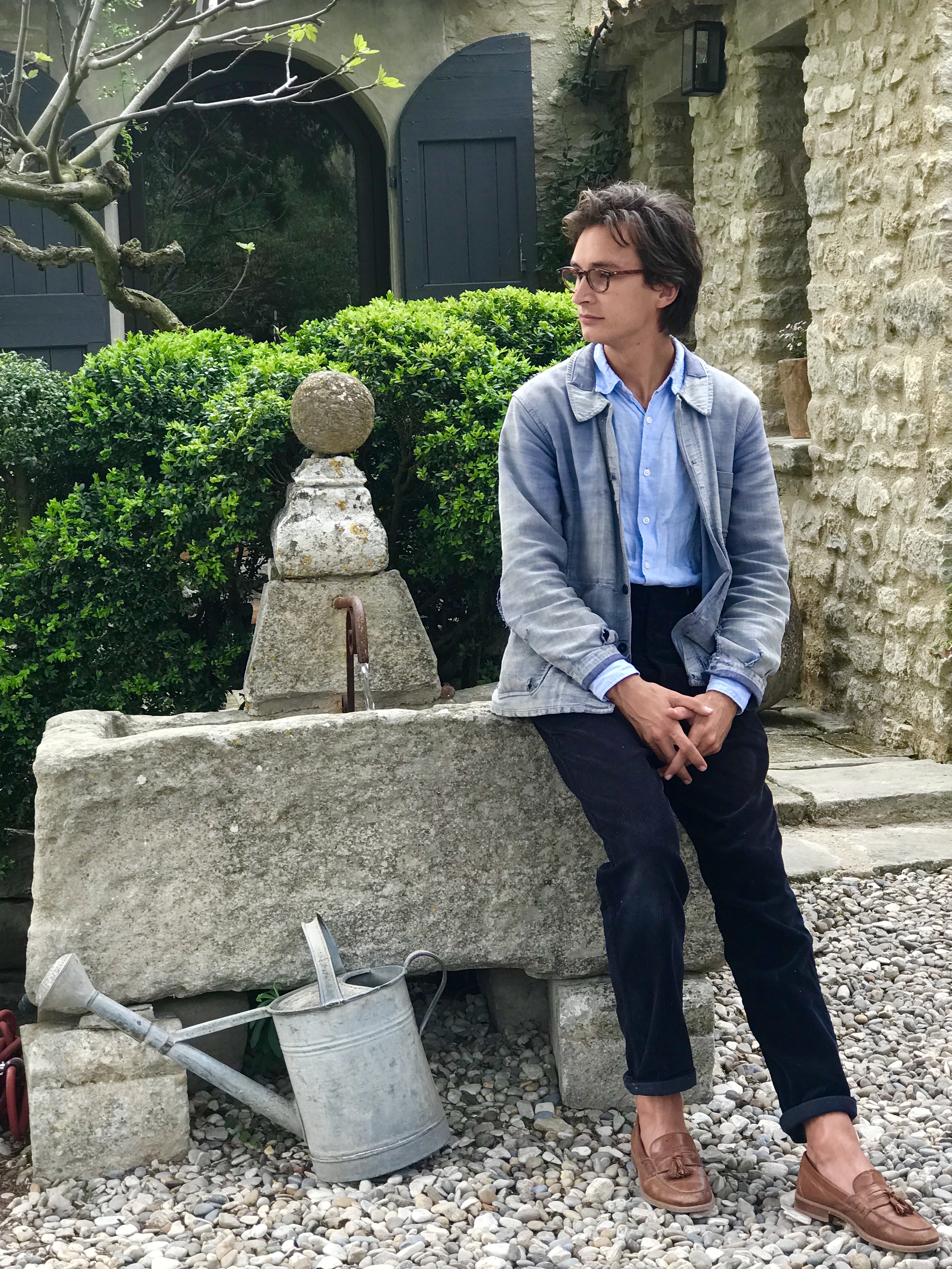
The bedroom benefits from a tiny window looking out onto the walled garden.
An impromptu trip to Suffolk led to the discovery of a 17th-century four-poster bed that had once belonged to the photographer Angus McBean when he was living at Flemings Hall in Eye. An oversized period piece like this adds drama and atmosphere to what was essentially a very ordinary room.
Storage in such a diminutive house is always going to be a problem so it’s worth thinking creatively here, too: take advantage of ceiling heights and use ottomans in the sitting room and blanket chests in the bedroom. We created extra storage underneath the built-in bed, which is accessed by lifting the near side up with a piece of rope.
We sold The Vine House to Ivor (who owns The Gunton Arms hotel) with most of the contents in October 2018. He continues to improve the Gunton Park estate year on year – never in its history has it looked better. Long may it continue!
To find out more, visit www.johntannerinteriors.com

Credit: Claudia Rocha
The ‘magical’ sheep shed that was lovingly turned into the perfect anniversary present: A weekend hideaway
Christopher Howe urged his client not to overpay for the dank sheep shed he saw in pictures. When he visited
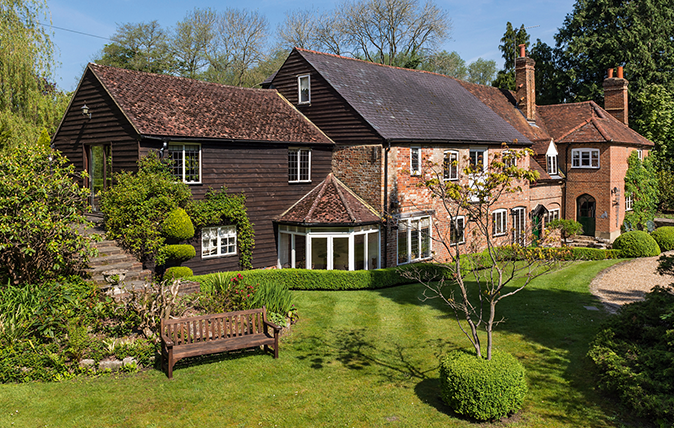
Credit: The Mill House, Pirbright, Surrey - Knight Frank
The 16th-century watermill transformed into a glorious home
A former watermill in Surrey has been turned into a beautiful home by a royal embroiderer, but is now up
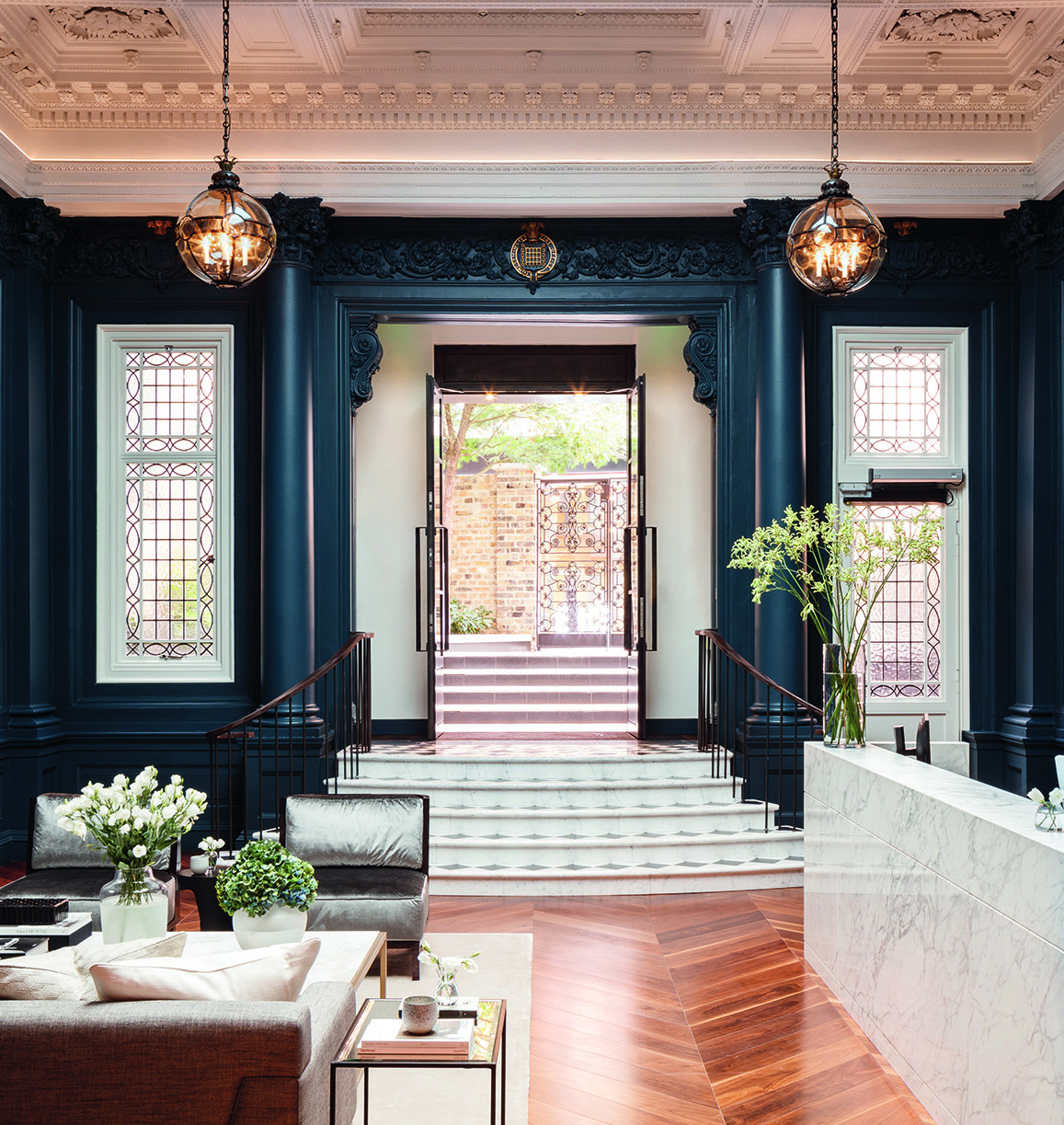
The banks, post offices and train stations that have been transformed into fine family homes
Old schools, banks and other municipal buildings have now become desirable addresses in the town and countryside, as Nicola Venning

Rofford Manor: A derelict house and garden transformed into a harmonious haven
George Plumptre is won over by a sympathetic and highly individual design that gradually reveals its string of secrets.
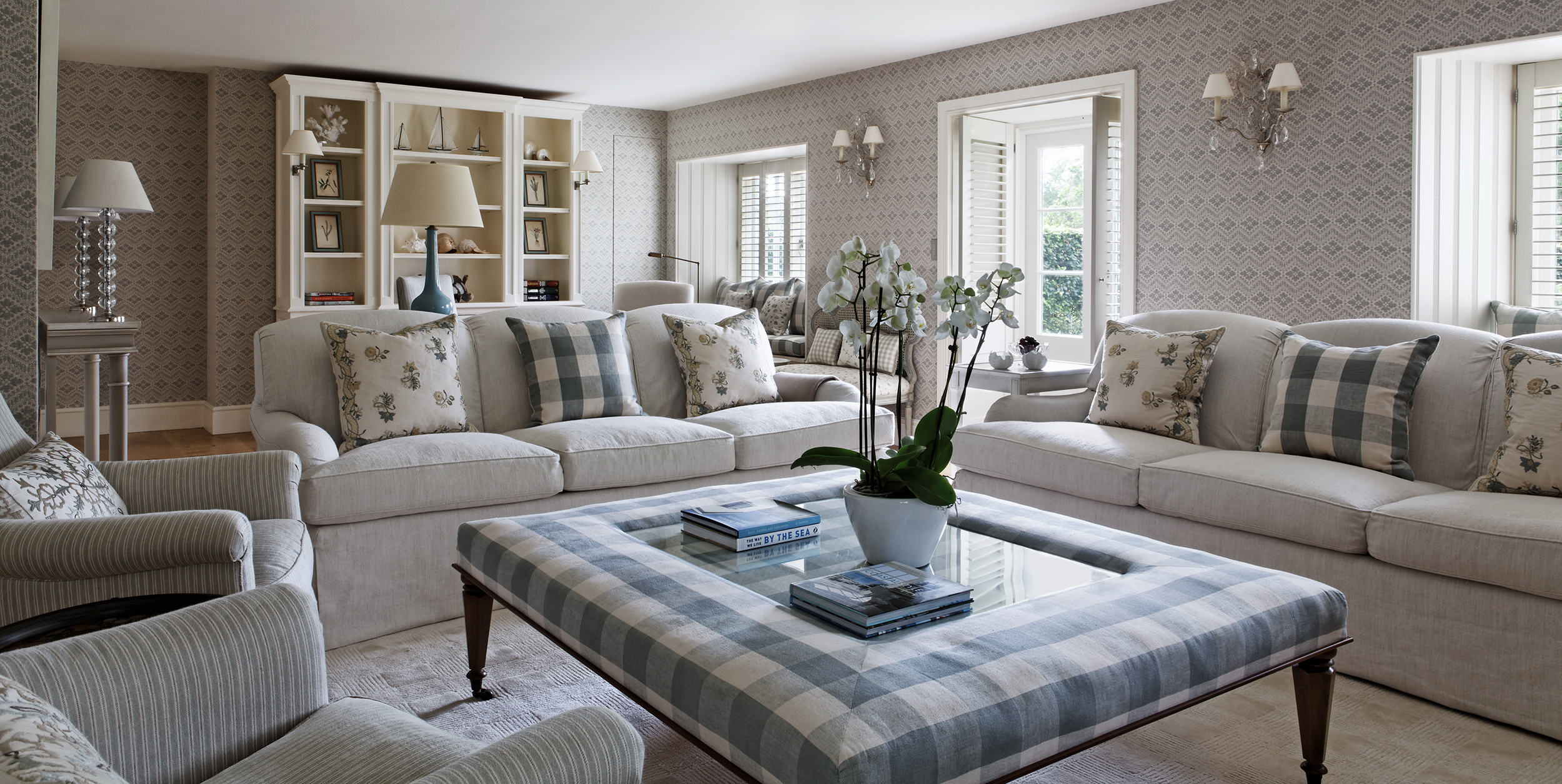
A Cornish cottage transformed in a perfect local style by a designer famed for exotic opulence
A look inside this guest cottage on a West Country estate demonstrates the versatility of its interior designer.
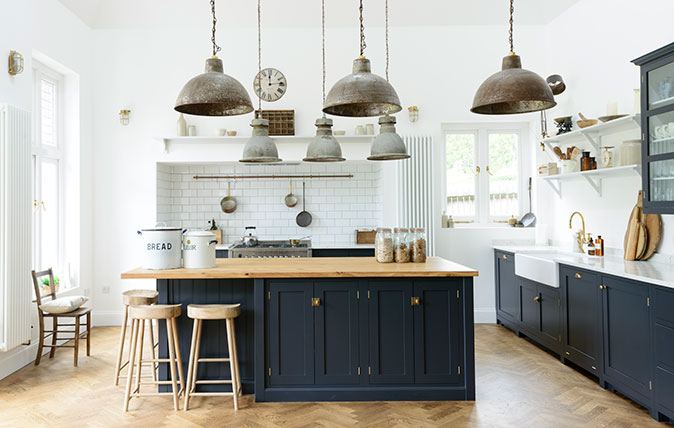
Credit: deVOL
The sitting room transformed into a kitchen-diner perfect for an Arts-and-Crafts house
It's an issue that will be familiar to many homeowners: you've found a beautiful period home, but it has a

Stanton Fence: A traditional English garden transformed by the touch of a Chelsea gold-medallist
Non Morris is blown away by Stanton Fence near Morpeth, a romantic garden set in a steeply wooded river valley
Country Life is unlike any other magazine: the only glossy weekly on the newsstand and the only magazine that has been guest-edited by His Majesty The King not once, but twice. It is a celebration of modern rural life and all its diverse joys and pleasures — that was first published in Queen Victoria's Diamond Jubilee year. Our eclectic mixture of witty and informative content — from the most up-to-date property news and commentary and a coveted glimpse inside some of the UK's best houses and gardens, to gardening, the arts and interior design, written by experts in their field — still cannot be found in print or online, anywhere else.
